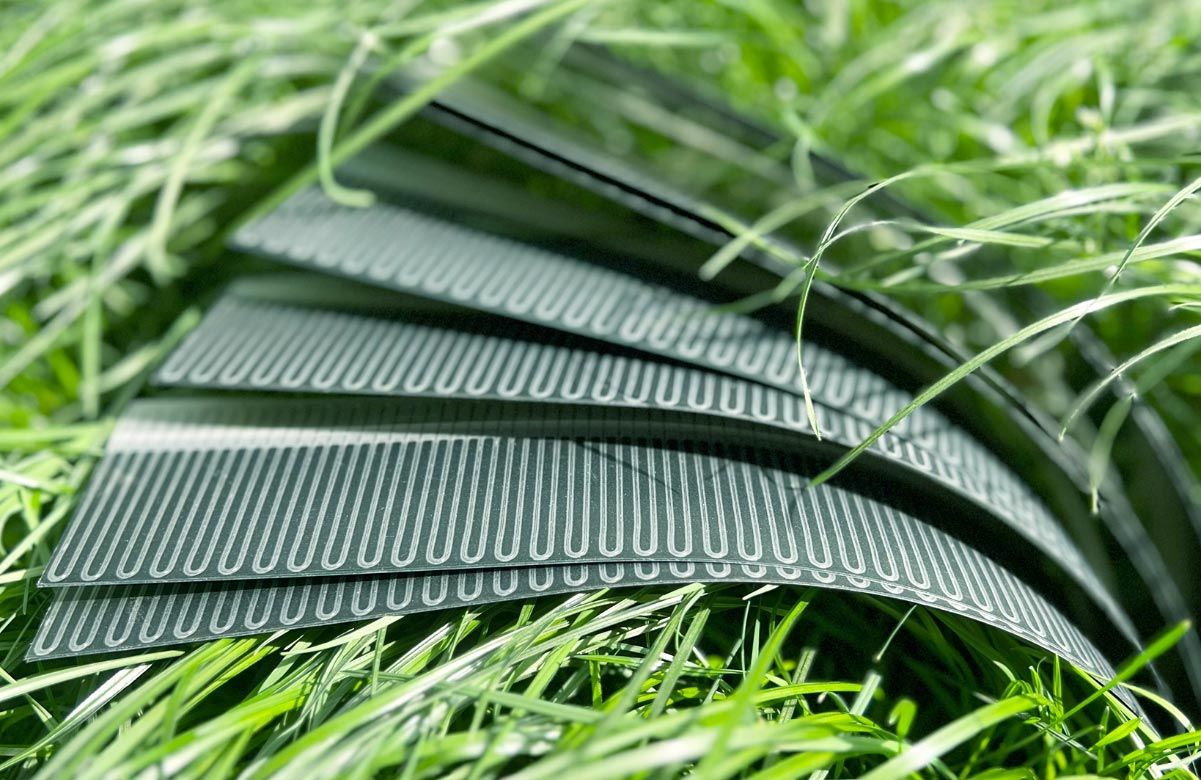Flexible solar cells break efficiency records ⚡
Follow us on Google News (click on ☆)

A flexible tandem solar cell combining perovskite and CIGS.
Credit: NIMTE
CIGS, a semiconductor material, is favored for its light absorption capacity and long-term stability. However, its rough surface previously complicated the deposition of perovskite, another promising material for solar cells. This combination was highly anticipated for lightweight and high-performance solar panels.
Professor Jichun Ye's team published their results in Nature Energy. Their method relies on an innovative dissolution-adsorption strategy, using two types of solvents to optimize layer adhesion. A perovskite seed layer also improves crystallinity and bonding.
The result is a flexible tandem solar cell measuring 1.09 cm² (0.17 in²), achieving a record efficiency of 24.6%. After 3,000 bending cycles and 320 hours of operation, it retains over 90% of its initial performance, demonstrating exceptional robustness.
This breakthrough paves the way for commercial applications of flexible tandem solar cells. They could revolutionize the solar energy sector by offering solutions that are lightweight, efficient, and durable.
What is perovskite and why is it used in solar cells?
Perovskite is a crystalline material that has transformed the solar cell field thanks to its exceptional optical properties. It absorbs light very efficiently and can be produced at low cost.
This material can convert a wide range of wavelengths into electricity, making it an ideal candidate for solar cells. Moreover, its structure can be modified to optimize performance.
Unlike traditional silicon, perovskite can be deposited as thin films, opening the door to flexible and lightweight applications. However, its long-term stability remains a challenge to overcome.
Recent advances, like those in this study, show that solutions exist to improve perovskite durability, particularly by combining this material with others like CIGS.
How does a tandem solar cell work?
A tandem solar cell combines two different semiconductor materials to capture solar energy more efficiently. Each material is optimized to absorb a specific part of the solar spectrum.
In perovskite/CIGS cells, perovskite mainly captures visible light, while CIGS is effective for infrared. This complementarity significantly increases conversion efficiency.
However, assembling these two materials into a single cell presents technical challenges, particularly regarding interlayer adhesion. Innovations like antisolvent-seeding are crucial to overcoming these obstacles.
Tandem cells represent the future of solar panels, with potentially much higher efficiencies than current technologies. Their development is a major challenge for the energy transition.